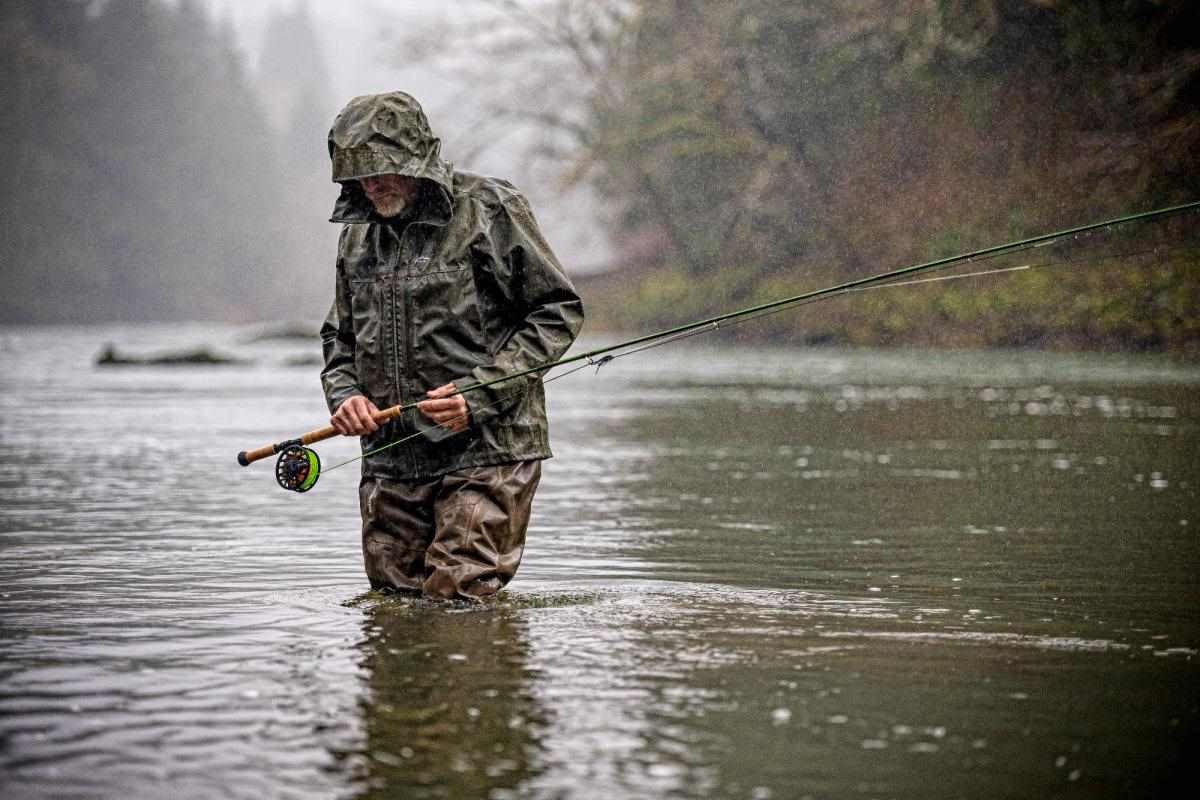I came across the following quote while reading a recent Joshua Bergan article about wader care in Fly Fisherman Magazine:
“Off-the-shelf breathable waterproof outerwear performance will likely regress in the near future because the durable water repellent (DWR) treatments currently in use by all manufacturers contain PFAS.”
I recently wrote on PFAS for MidCurrent.
I’m curious to see how the impending bans on PFAS turn out on both a personal and professional level.
All of the available data indicates that PFAS are “forever chemicals,” meaning they will always be present in the environment.
California is spearheading the effort to make these drugs illegal because they’ve even been linked to a few human cancers.
However, as Bergan pointed out in his report, this implies that in the upcoming years, there will probably be a sudden decline in “breathable waterproof outwear performance.”
Both your new waders and your raincoat might not be as 100% waterproof as they should be.
Fly fishermen are especially concerned about it because waders give us year-round access to the water in a number of ways.
As I suggested previously, wader manufacturers will be forced to innovate and develop PFAS-free ways to enhance the waterproofing of wader textiles, which could benefit anglers overall.
However, most people are unaware that waders are made of more materials than just the coatings that various manufacturers apply to their textiles to make them waterproof.
Because of the way it originates, the cloth is permeable to air but not to water.
“The micro-porous membrane blocks water molecules from entering but allows (smaller) water vapor to pass.
The warmth of your body creates that vapor and even forces it out of the waders due to the colder temperature on the outside.”
According to an additional article by Ross Purnell in Fly Fisherman Magazine,.
The current DWR coatings help to increase waterproofing, prevent a wader’s cloth from getting too wet, and stop it from breathing properly.
Your waders’ lack of such coatings due to PFAS bans will reduce their breathability until a substitute is created, but it won’t instantly affect how waterproof they are.
In addition, two businesses are presently developing DWR coatings free of PFAS, as Bergan mentions in his narrative.
As it turns out, there might not be much of a drop-off.

Leave a Reply